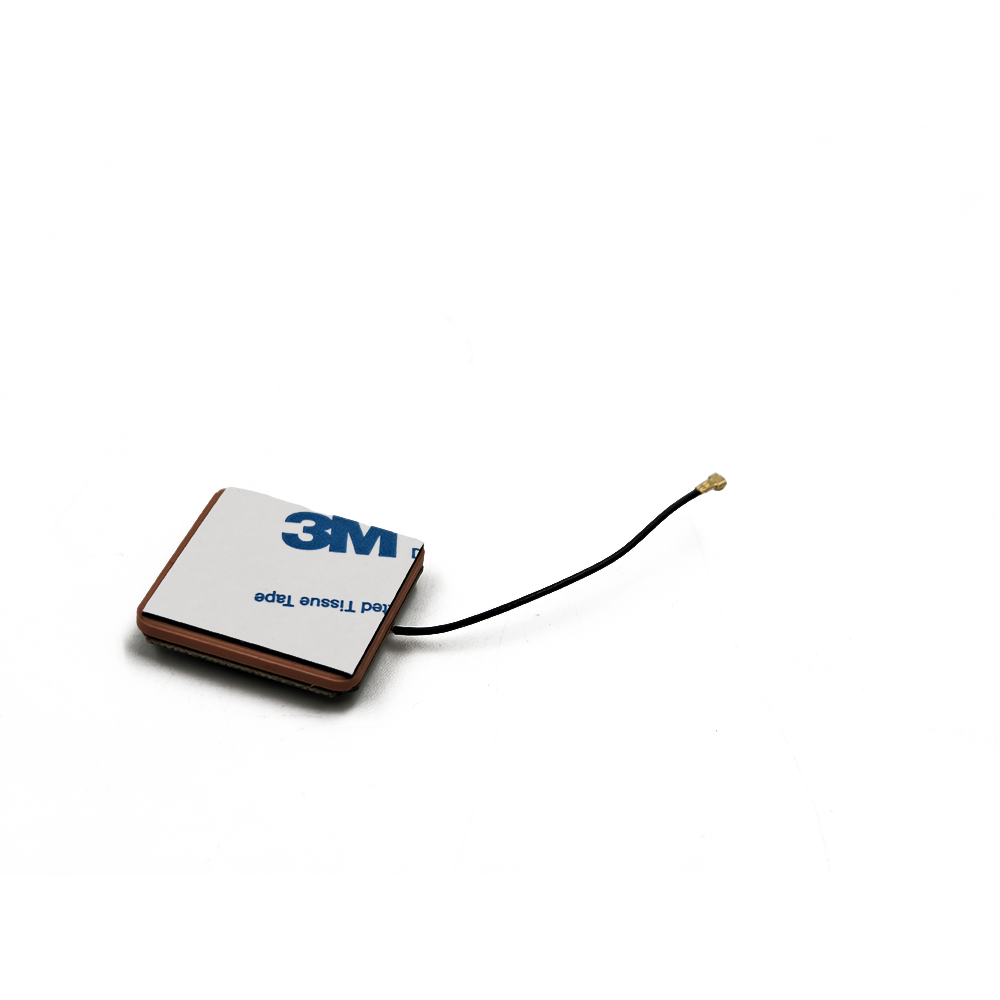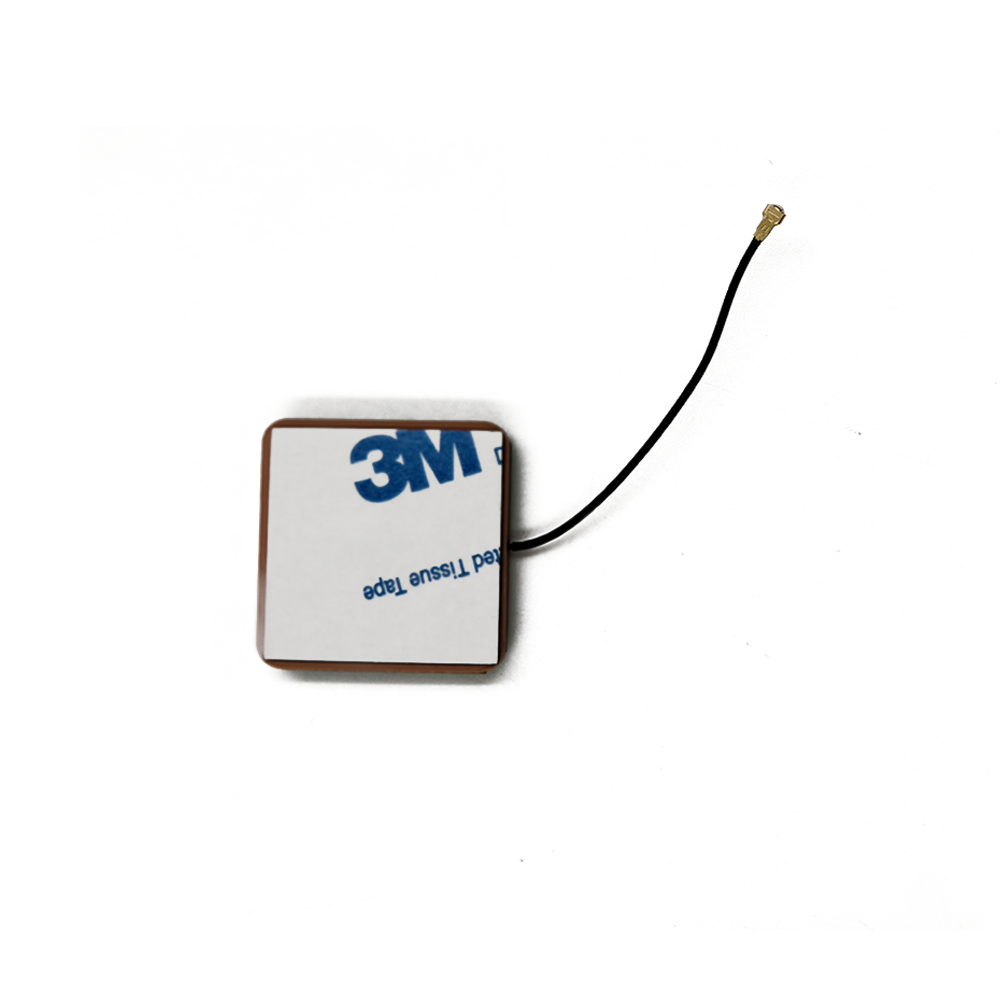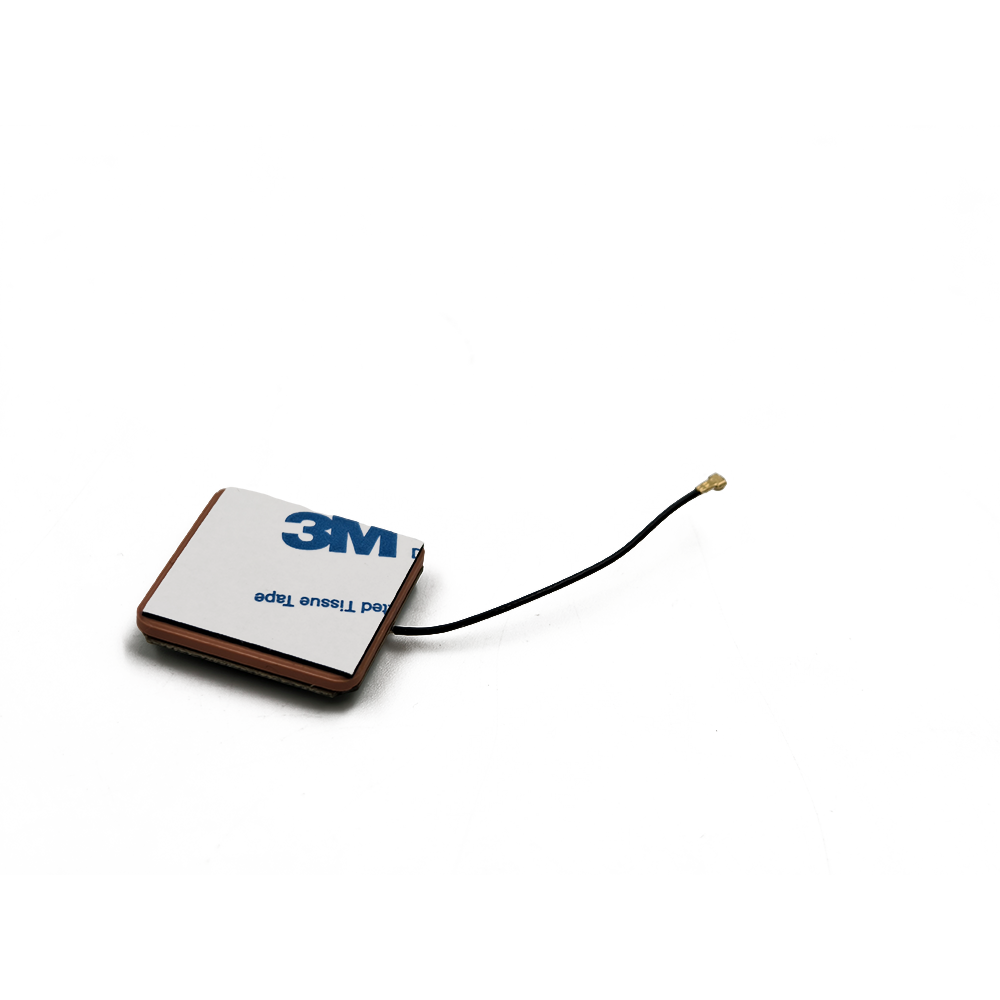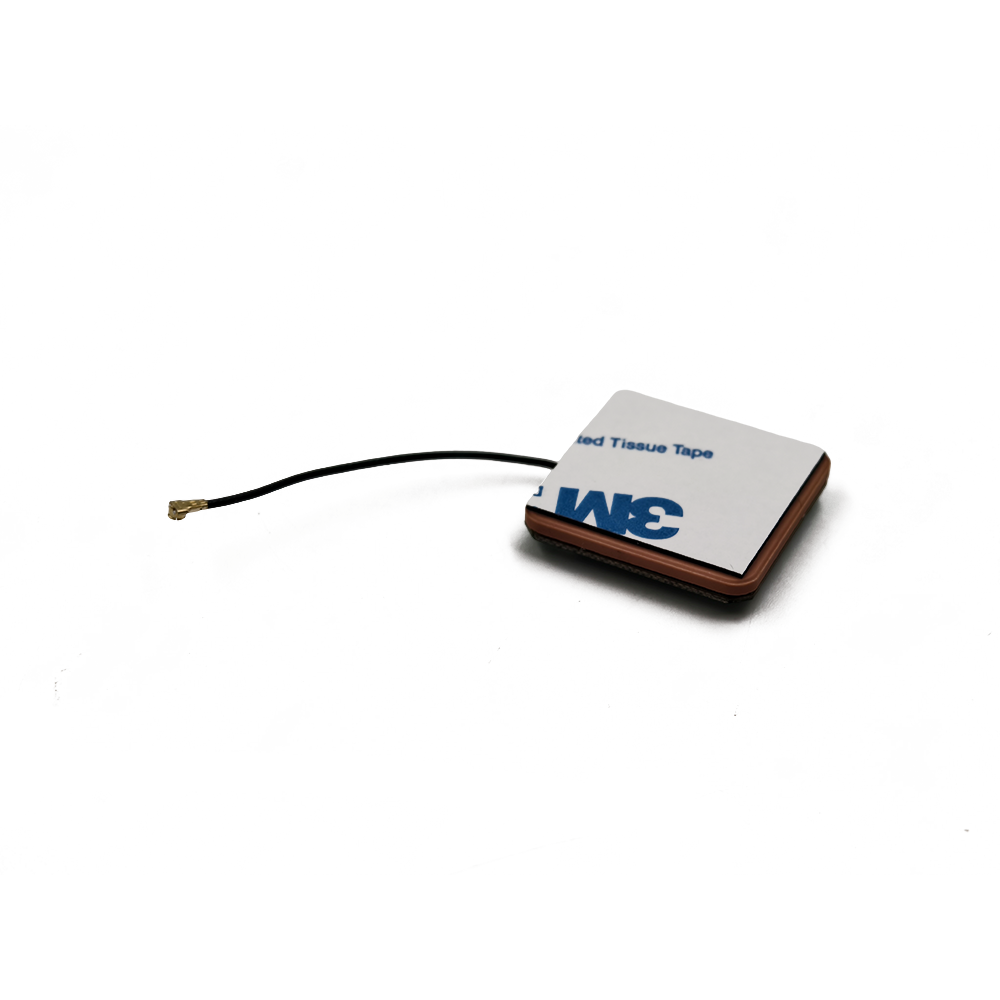The unique blend of precision, size, and efficiency offered by low-power ceramic RTK patch antennas has shattered the barriers to entry for high-accuracy positioning. They have moved RTK from a specialized tool used by surveyors on tripods to an embedded technology powering a revolution across diverse industries. The applications are vast and growing, and the future trends point toward even deeper integration.
Current Applications:
Precision Agriculture: This is one of the largest markets. RTK-guided tractors and implements automate planting, spraying, and harvesting with centimeter accuracy, eliminating overlaps and gaps to save fuel, seed, and fertilizer. Autonomous rovers equipped with these antennas perform soil sampling and crop scouting.
Unmanned Aerial Vehicles (Drones): Drones for mapping, surveying, and infrastructure inspection rely on these antennas for two critical functions: providing a precise location for each captured photograph (enabling highly accurate photogrammetric models without ground control points) and enabling precise navigation and hover stability, even in windy conditions, for tasks like LiDAR scanning.
Robotics and Autonomous Systems: From warehouse logistics robots navigating dynamic environments to lawn mowers and last-mile delivery robots operating on sidewalks, these antennas provide the reliable absolute positioning that complements onboard sensors (LiDAR, cameras, odometry). They are a key sensor for any machine that needs to understand its place in the world.
Advanced Driver-Assistance Systems (ADAS) and Autonomous Vehicles: While safety-critical automotive systems use a fusion of many sensors, GNSS with RTK correction provides the indispensable global context—pinpointing the vehicle's lane on a high-definition map. This is crucial for validating the vehicle's location and planning maneuvers ahead of what the cameras and radar can see.
Construction and Machine Control: Bulldozers, graders, and excavators use RTK systems to guide blades and buckets to the exact design grade without the need for traditional stakes and strings. This increases speed, reduces rework, and improves safety. The ruggedness of ceramic antennas makes them ideal for this harsh vibration-heavy environment.
Marine and Hydrographic Survey: On boats and unmanned surface vessels (USVs), these antennas provide precise positioning for mapping seafloors, locating underwater structures, and navigating dredging operations.
Geospatial and Surveying: While traditional surveyors still use larger antennas on poles, the miniaturization has led to the proliferation of handheld RTK receivers for GIS data collection, asset mapping, and utilities location, bringing centimeter-accuracy into the palm of a hand.
Future Trends:
Deep Miniaturization (Chip Antennas): The trend is towards further integration, with RTK-capable antennas shrinking to the size of a surface-mount chip component. This will open up applications in consumer electronics, advanced wearables, and micro-mobility (e-scooters, e-bikes).
Tightly Coupled Integration (Antenna-in-Package): The next step is to integrate the antenna directly with the GNSS system-on-chip (SoC) or module into a single package. This minimizes transmission losses, reduces external noise, and simplifies the design process for OEMs, further driving down the size and cost of precision positioning.
AI-Enhanced Antennas: The integration of artificial intelligence at the hardware level could lead to "smart antennas." An AI processor could dynamically adapt the antenna's pattern to nullify interfering signals in real-time or optimize its characteristics for specific environments (e.g., urban vs. open sky), providing resilience against jamming and spoofing.
Multi-Function RF Convergence: A single ceramic substrate could host not only GNSS patches but also integrated antennas for cellular (4G/5G), WiFi, Bluetooth, and Iridium satellite communication. This would create a single, compact "communications hub" for devices that need both precise location and robust data links, which is essential for truly autonomous systems.
Ubiquitous PPP-RTK Services: As correction services like PPP-RTK become more globally available and affordable, the demand for antennas that can leverage them will soar. These antennas will need to be optimized for even higher stability to work with these precise but less dense correction networks.
Focus on Cybersecurity: As systems become more reliant on GNSS, protecting the signal integrity from malicious attacks will be paramount. Future antenna systems will likely incorporate more advanced signal authentication features directly at the point of reception.
The trajectory is clear: low-power ceramic RTK patch antennas will continue to become smaller, smarter, more integrated, and more resilient. They are evolving from a standalone component into a fundamental and ubiquitous enabling technology for the autonomous, interconnected world of the future.
6. Conclusion: The Bedrock of a Precise Future
The low-power ceramic RTK patch antenna is a paradigm-shifting technology. It represents a critical convergence point where the demanding performance requirements of geodetic science met the practical constraints of modern consumer and industrial design: miniaturization, power efficiency, and cost-effectiveness. This synthesis has democratized access to centimeter-accurate positioning, transforming it from a luxury available only to well-funded professionals into a standard feature available to innovators across countless fields.
As we have explored, its significance is multifaceted. From a technical standpoint, it is a marvel of engineering—leveraging the properties of advanced ceramics to shrink its form factor without sacrificing performance, integrating sophisticated electronics to boost signals while sipping power, and undergoing rigorous calibration to ensure its phase center remains a beacon of stability. This technical excellence directly enables its applied value. It is the silent, unassuming component that allows a farmer to optimize harvests, a drone to create a perfect 3D model, a robot to navigate a crowded warehouse, and a construction crew to build with unparalleled efficiency and safety.
The challenges it faces—narrow bandwidth, thermal sensitivity, and ground plane dependence—are not trivial, but they are well-defined and actively being addressed through continuous materials research and design innovation. The relentless trends in electronics towards greater integration and intelligence will only further mitigate these limitations, pushing the performance boundaries while simultaneously reducing size and cost.
Looking ahead, the role of this antenna technology will only grow more profound. It is a foundational pillar for the next wave of technological evolution: autonomy. Whether on the road, in the air, in the fields, or in our homes, machines that move and act with intelligence require an unwavering understanding of their absolute position in the world. The low-power ceramic RTK patch antenna provides this fundamental truth data. It is a key that is unlocking new levels of efficiency, safety, and capability across the global economy.
In conclusion, this antenna is far more than a simple receiver. It is an enabler, a catalyst, and a bedrock technology. By bridging the gap between the immense potential of satellite-based positioning and the real-world constraints of device design, it has firmly established itself as an indispensable component in building a more precise, efficient, and autonomous future.




































































 Language
Language
 En
En Cn
Cn Korean
Korean

 Home >
Home > 








 18665803017 (Macro)
18665803017 (Macro)













